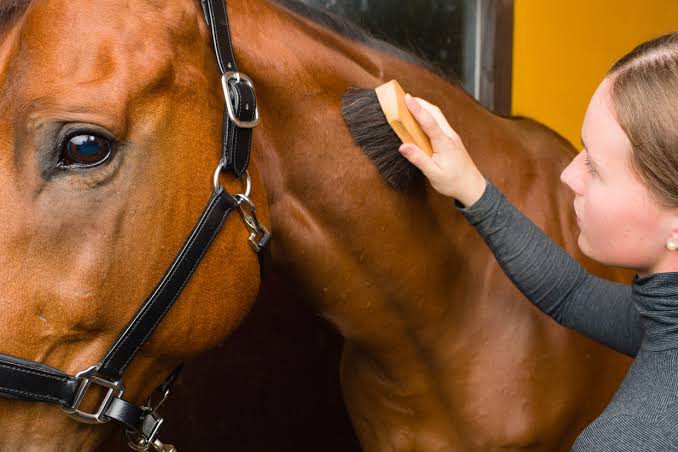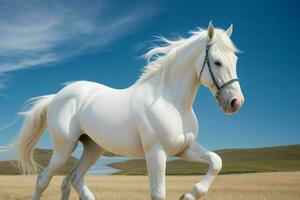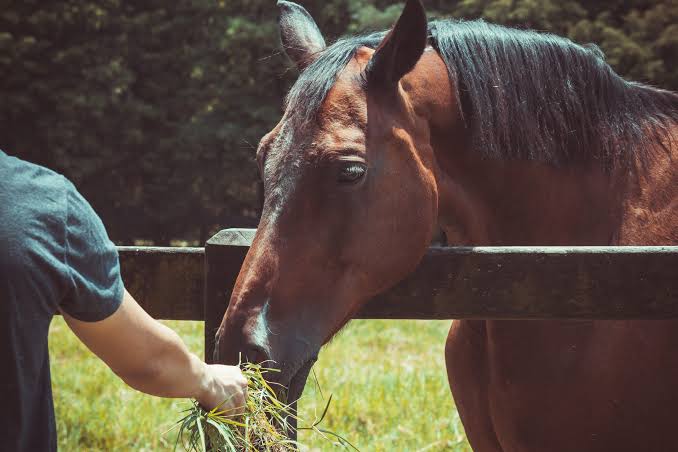Discover the ultimate guide on how to groom a horse properly. Learn step-by-step grooming techniques, essential tools, and tips to ensure your horse stays healthy, clean, and comfortable. Perfect for horse owners and enthusiasts
How to Groom a Horse Properly
Proper horse grooming involves regular care to maintain the horse’s hygiene, health, and appearance, ensuring their comfort and performance. Here’s how to groom a horse effectively.
A Beginner’s Guide to Horse Care: Everything You Need to Know
Why Grooming is Essential
Grooming goes beyond aesthetics—it enhances a horse’s health by promoting blood circulation, preventing skin conditions, and building trust between the horse and handler.
- Health Benefits: Regular brushing removes dirt, sweat, and debris, reducing the risk of infections.
- Bonding: Grooming sessions establish trust and help you notice early signs of injury or illness.
- Performance: A clean, comfortable horse performs better in training or competition.
Essential Tools for Grooming
Using the right tools ensures effective grooming without causing discomfort.
Basic Grooming Kit
- Curry Comb: Loosens dirt and stimulates circulation.
- Stiff-Bristled Brush: Removes debris and sweat.
- Soft Brush: Cleans sensitive areas like the face.
- Hoof Pick: Clears dirt and stones from hooves.
- Mane Comb or Brush: Untangles the mane and tail.
- Towel or Sponge: Cleans eyes, nostrils, and dock area.
Step-by-Step Grooming Process
1. Secure Your Horse
Safely tie the horse using a quick-release knot or cross-tie. Ensure the area is free of hazards.
2. Clean Hooves
Use a hoof pick to remove debris from the horse’s hooves, starting from the heel toward the toe. Check for signs of thrush, cracks, or injuries.
3. Curry Comb
- Start at the neck and use circular motions to loosen dirt and hair.
- Avoid sensitive areas like the face and legs.
- Spend 5–10 minutes to stimulate the skin and muscles.
4. Stiff-Bristled Brush
Brush off loosened dirt using firm strokes, following the direction of hair growth. Focus on the body but avoid sensitive spots.
5. Soft Brush
- Gently brush the horse’s face, legs, and other delicate areas.
- Use a clean brush to prevent irritation.
6. Mane and Tail
- Detangle using a comb or fingers to avoid breakage.
- Start from the bottom and work upward in small sections.
7. Wipe Sensitive Areas
- Use a damp towel or sponge to clean the eyes, nostrils, and dock area.
- Rinse and sanitize tools between uses to prevent infections.
Grooming Tips for Optimal Results
- Routine: Groom daily or before and after riding to keep your horse healthy.
- Seasonal Adjustments: During shedding seasons, use a shedding blade to manage loose hair.
- Skin Health: Check for bumps, cuts, or swelling during grooming.
- Diet and Hydration: Healthy skin and coat require a balanced diet rich in omega-3s and proper hydration.
Grooming Frequency Statistics
- Daily Grooming: 75% of horse owners report improved skin and coat health with daily sessions.
- Shedding Seasons: Horses shed approximately 1–2 pounds of hair annually, making extra grooming crucial in spring and fall.
Advanced Grooming Practices
Bathing
- Limit baths to warm weather and use equine-specific shampoos to maintain natural oils.
- Rinse thoroughly to prevent residue buildup.
Clipping
For performance horses, clipping reduces sweating and makes grooming easier. Consult a professional for precision.
Fly Protection
Use fly sprays or masks to keep pests away, especially in summer months.
For detailed grooming guides, visit reputable sources like American Association of Equine Practitioners or The Spruce Pets.
By following this structured grooming routine, you can ensure your horse stays healthy, comfortable, and happy, enhancing your bond and their performance.



